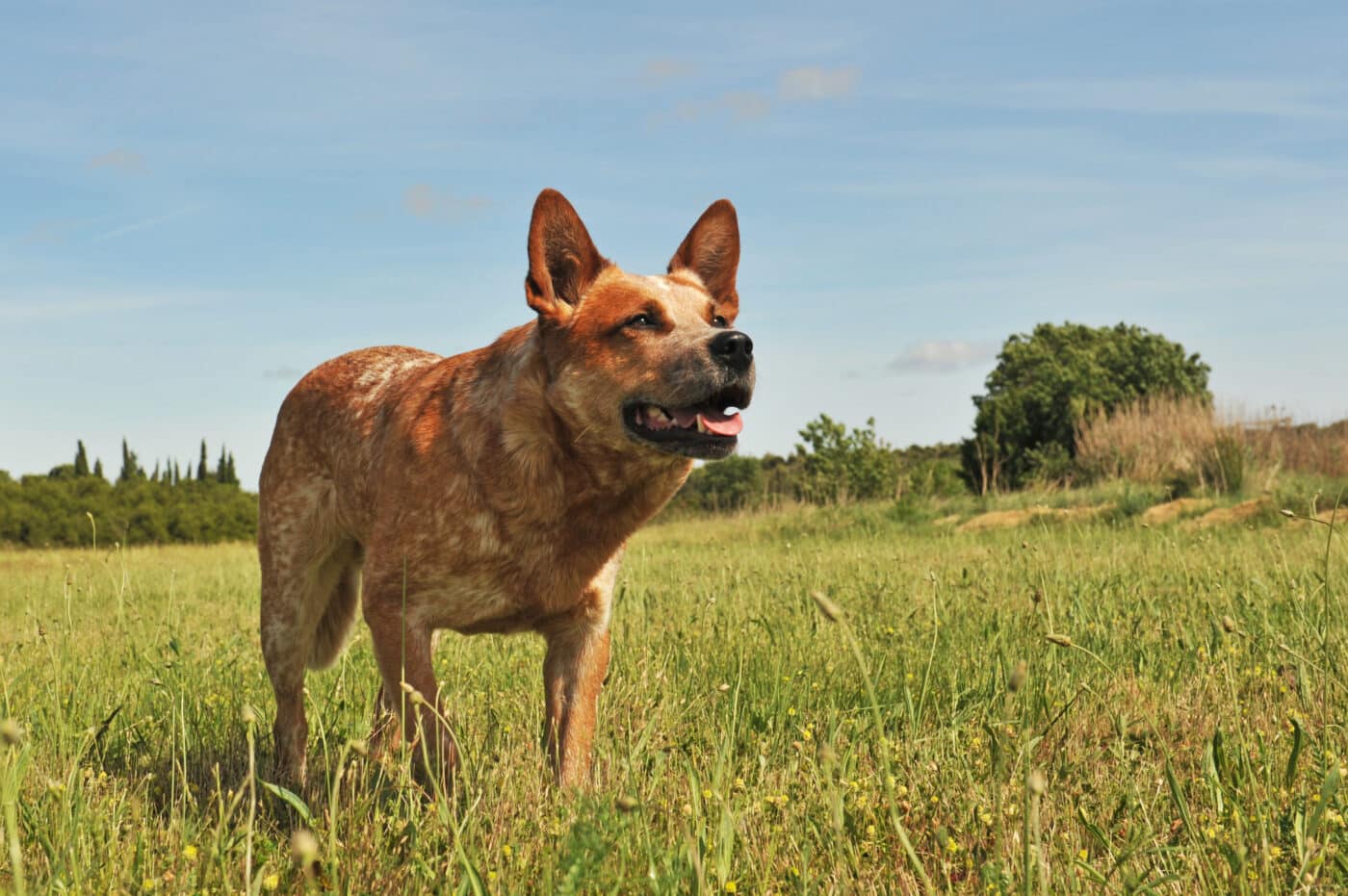 Shutterstock
Shutterstock
Long before delivery apps and riding lawnmowers, villages across the globe thrived thanks to a network of hard-working hands—and paws. These weren’t dogs just lying in the sun waiting for belly rubs (though they did that, too). These breeds played crucial roles in everyday life, helping herd livestock, guarding farms, and even delivering messages through mountains or stormy countryside. Each village might have only had one blacksmith or baker, but they always had a dog. Their loyalty-powered communities and wagging tails brought joy after long days of honest labor.
Border Collie
 Shutterstock
Shutterstock
Border Collies were the multitaskers of any small agricultural village. Known for their intelligence and near-telepathic herding instincts, they kept flocks moving and farmers sane. These dogs didn’t just follow orders—they anticipated them, sometimes making their human partners look like the sidekicks. From dawn to dusk, they sprinted across fields, read sheep body language like novels, and never once asked for overtime pay. They were the ultimate rural project managers—with fur and too much energy.
Bernese Mountain Dog
 Shutterstock
Shutterstock
These fluffy Swiss powerhouses weren’t just for show—they pulled carts full of dairy, firewood, and even kids to market. Bernese Mountain Dogs were beloved for their strength, patience, and calm demeanor, making them ideal in tight-knit Alpine villages where hauling and hauling some more was part of life. Whether transporting cheese or cheering up the blacksmith’s apprentice, they carried the town’s spirit with every heavy step. Basically, they were the original all-terrain delivery trucks—with more drool.
Anatolian Shepherd
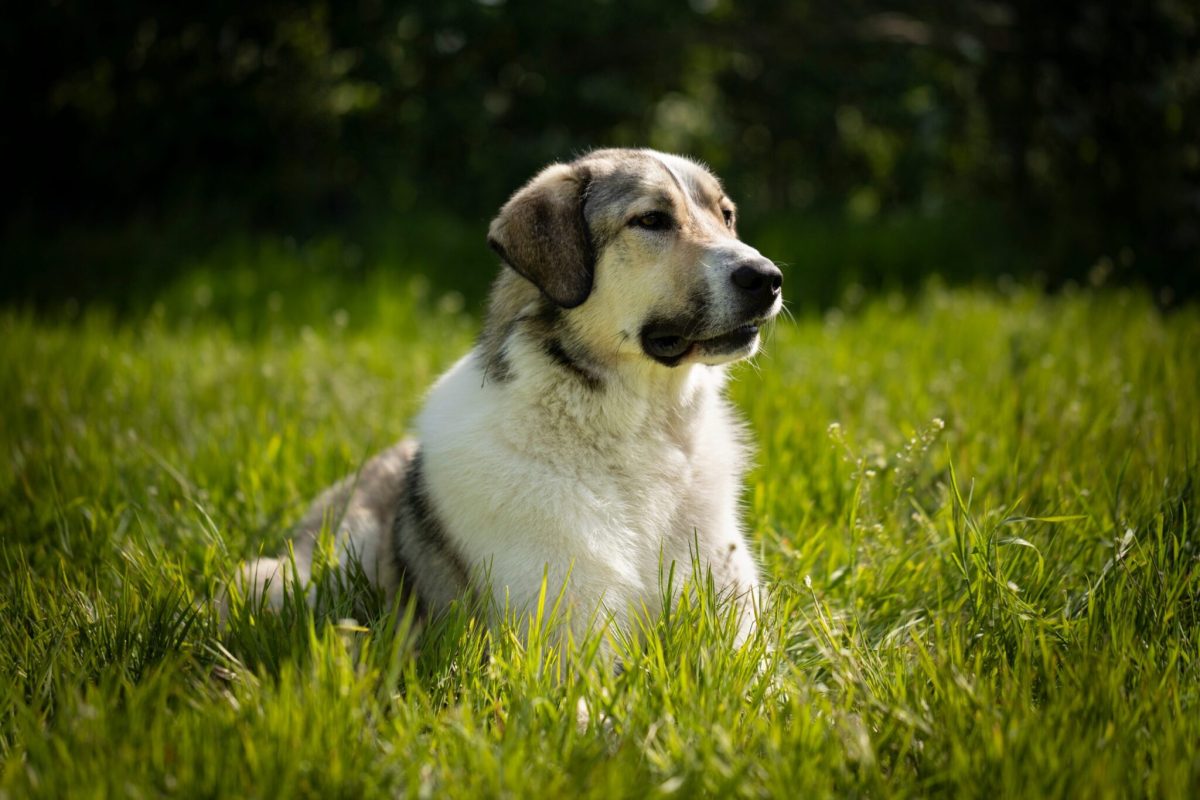 Shutterstock
Shutterstock
Out in the rugged hills of Turkey, the Anatolian Shepherd had one job: don’t let anything mess with the livestock. Fiercely independent and powerful, they were often left alone to guard herds from predators like wolves and bears. In small villages, that kind of security wasn’t a luxury—it was survival. While other dogs were playing fetch, Anatolians were scanning horizons and side-eyeing threats. They weren’t cuddly, but they were dependable, noble, and absolutely terrifying to anything that didn’t belong on the farm.
Tibetan Mastiff
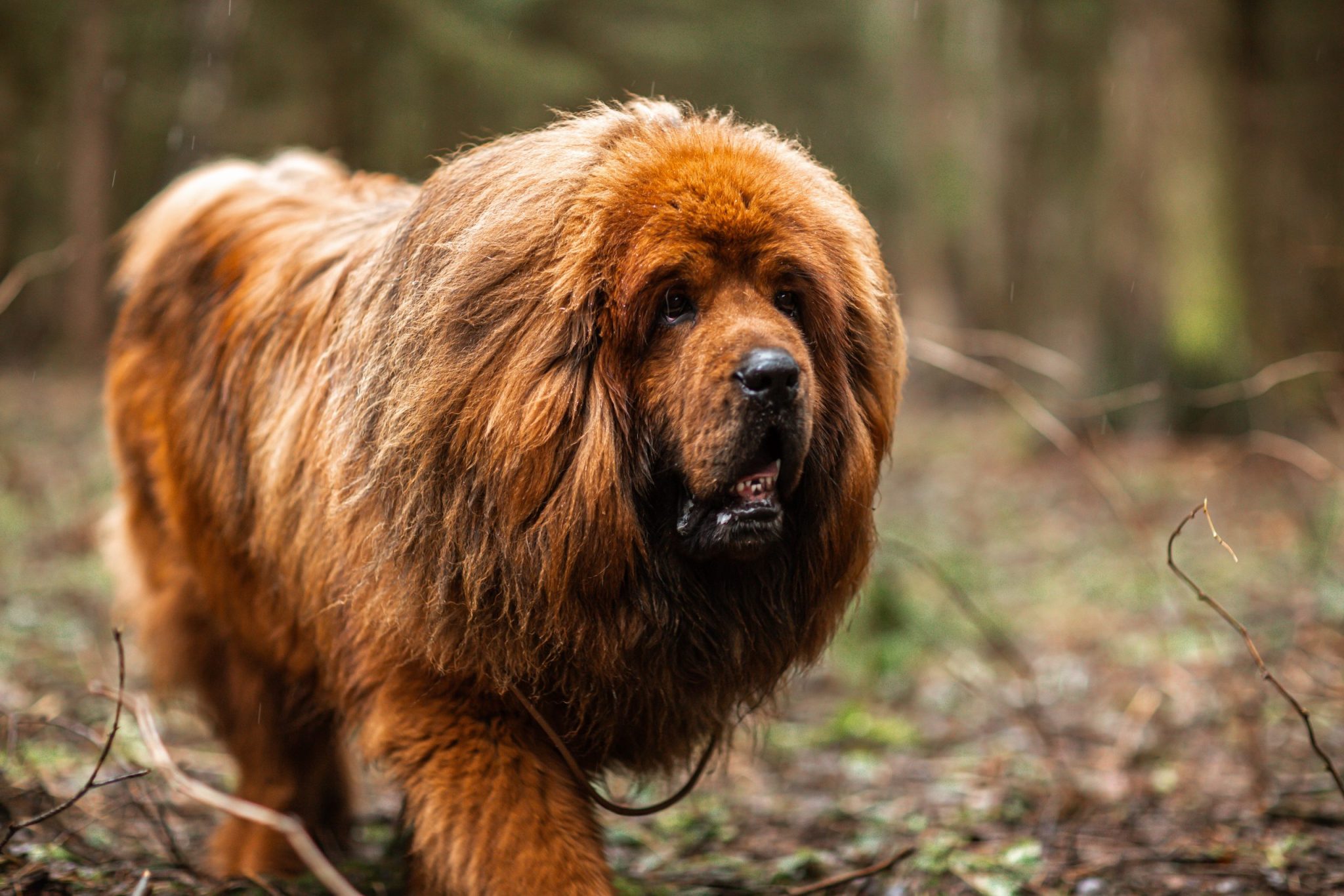 Shutterstock
Shutterstock
Tibetan Mastiffs weren’t just dogs but legends in villages along the Himalayas. Towering, lion-maned, and impressively aloof, they guarded homes, livestock, and temples alike. You didn’t sneak past a Tibetan Mastiff unless you had a good reason—or possibly a yak. Their booming barks echoed through mountain passes, letting villagers know everything was under control (and that intruders should turn around now). Think of them as the furry version of a medieval alarm system, only with more hair.
Norwegian Elkhound
 Shutterstock
Shutterstock
In Norwegian villages, the Elkhound was more than just a hunter—it was a partner in daily life. Used to track moose and other large game, these sturdy dogs were also fantastic watchdogs and companions. They braved icy terrain confidently and guided villagers through snow-dusted forests with ease. When not hunting, they helped pull loads or sounded the alarm when strangers approached. Basically, they were the Norwegian version of “neighborhood watch” with better noses and thicker coats.
Australian Cattle Dog
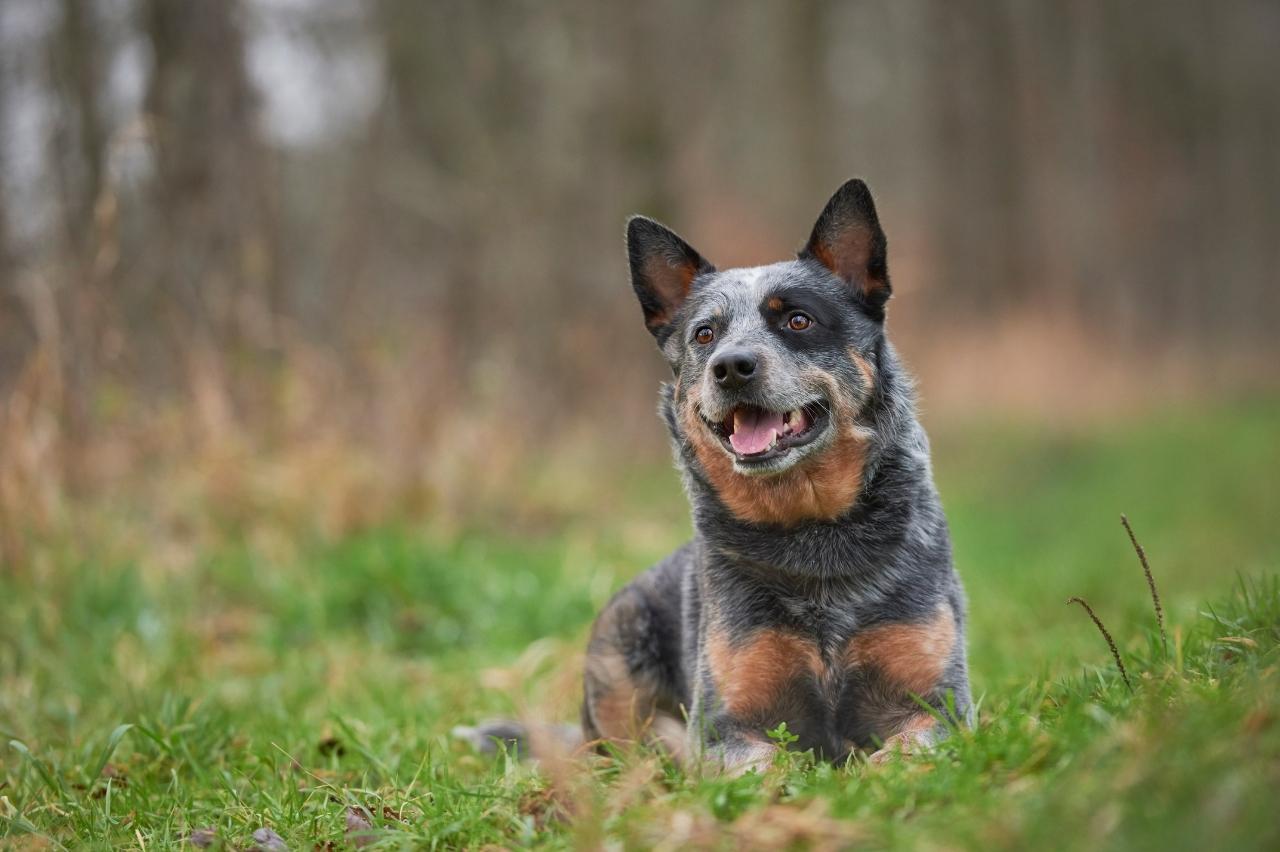 Shutterstock
Shutterstock
Without one of these compact dynamos, no Australian outpost or sheep station was complete. Australian Cattle Dogs were bred to herd stubborn cattle over long distances and difficult terrain, and they did so with unmatched grit. In rural villages, they herded livestock, guarded property, and probably herded a few wayward children while they were at it. Smart, tough, and fearless, these dogs didn’t rest until the job was done—or until they’d run three circles around everything in sight.
Great Pyrenees
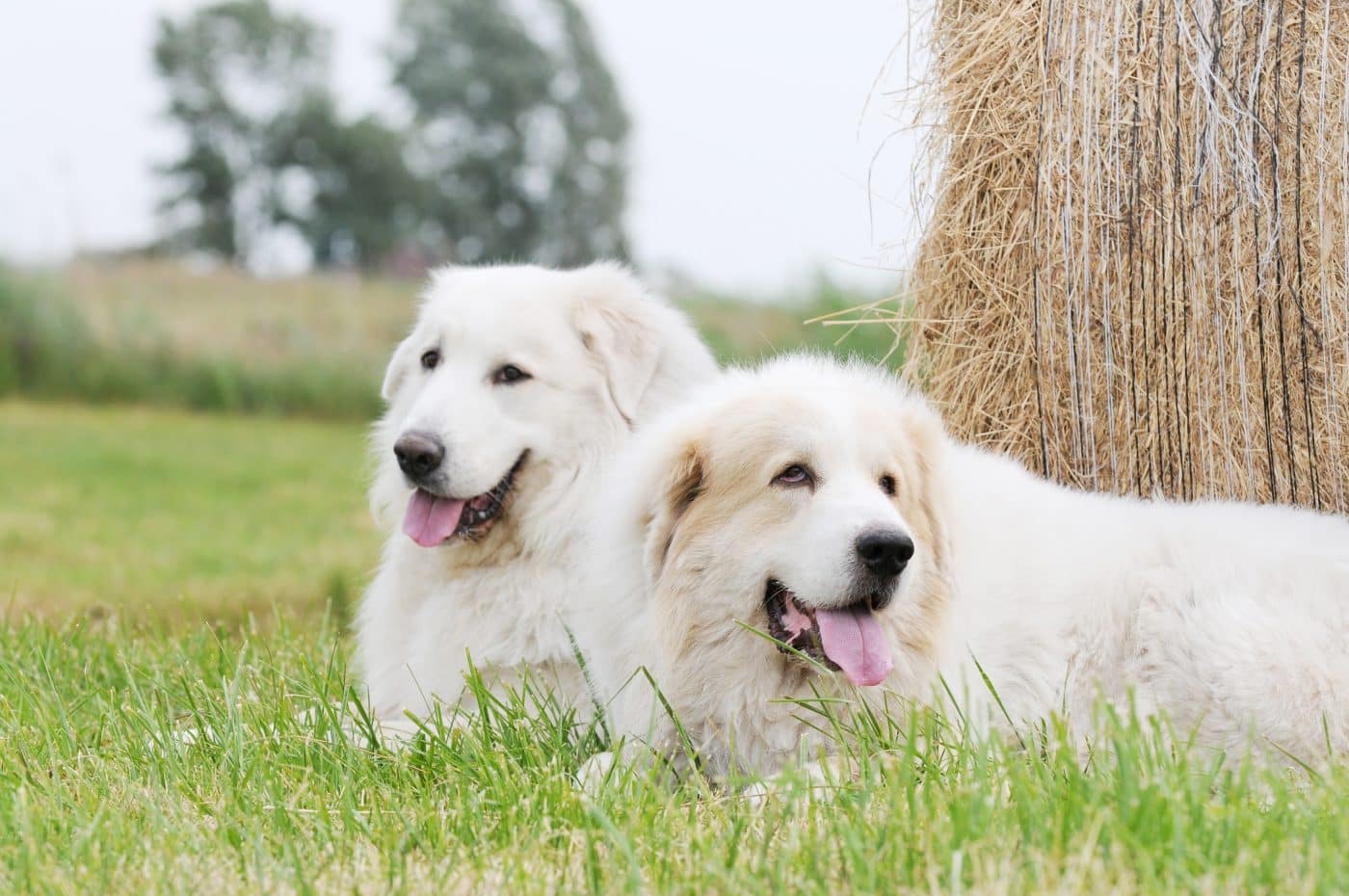 Shutterstock
Shutterstock
High up in the Pyrenees mountains, this gentle giant guarded flocks from wolves, bears, and thieves. But the Great Pyrenees also served as family protectors, walking blankets, and general good-vibes providers in villages. Their calm nature and booming bark meant they could handle predator threats and visiting in-laws equally. They didn’t need a leash—they needed a purpose, and small communities gave them plenty. Plus, if you ever needed a nap in the snow, they had you covered—literally.
Portuguese Water Dog
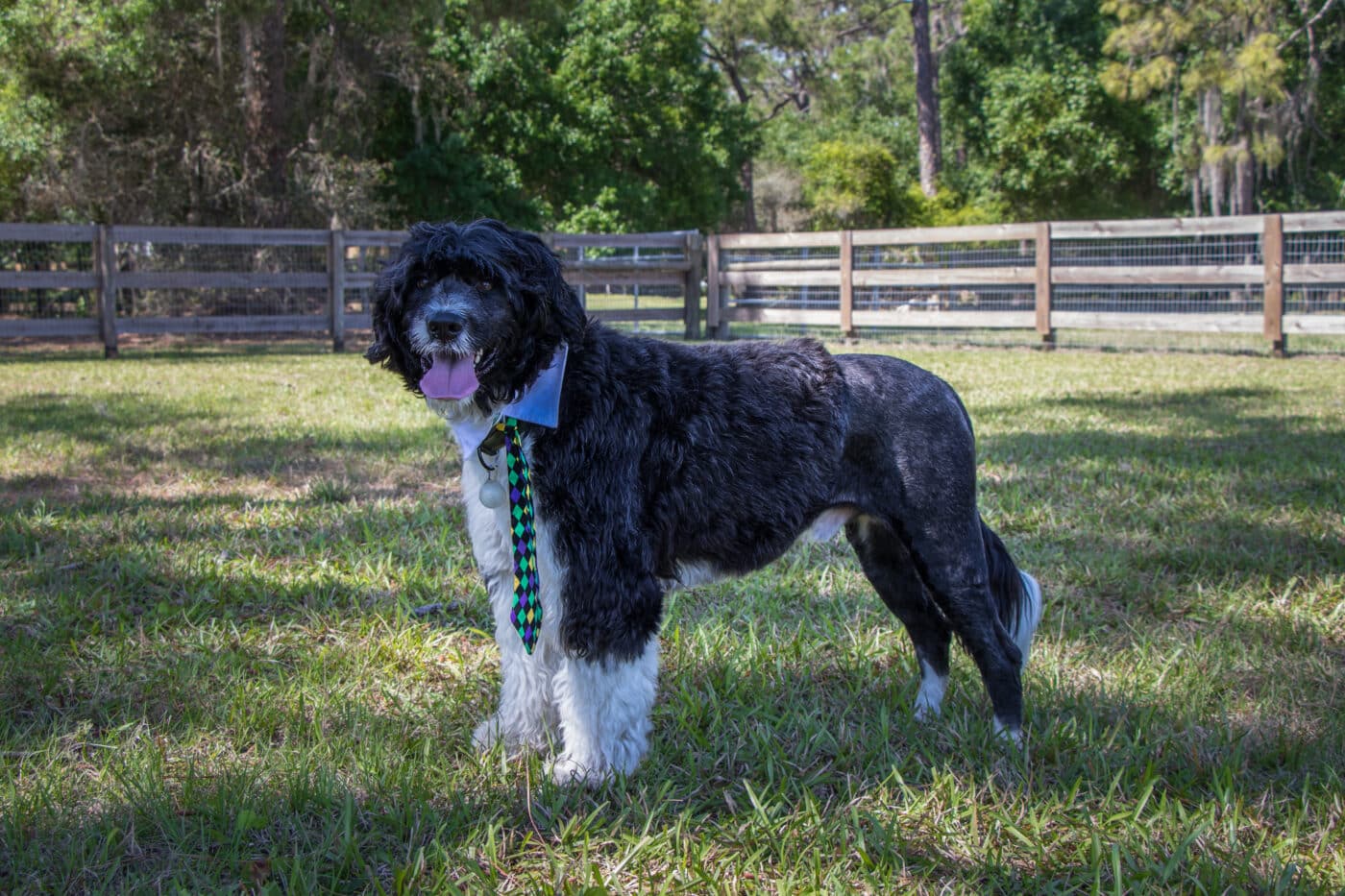 Shutterstock
Shutterstock
In fishing villages along Portugal’s coast, this curly-haired breed earned their kibble, helping fishermen retrieve lost nets, deliver messages between boats, and even herd fish into nets. Yes, herd fish. Portuguese Water Dogs were agile, obedient, and had a waterproof coat that laughed in the face of Atlantic spray. When boats went out, they were right there—tails wagging, ready to dive in. They were wet, wonderful, and worth their weight in sardines.
Belgian Malinois
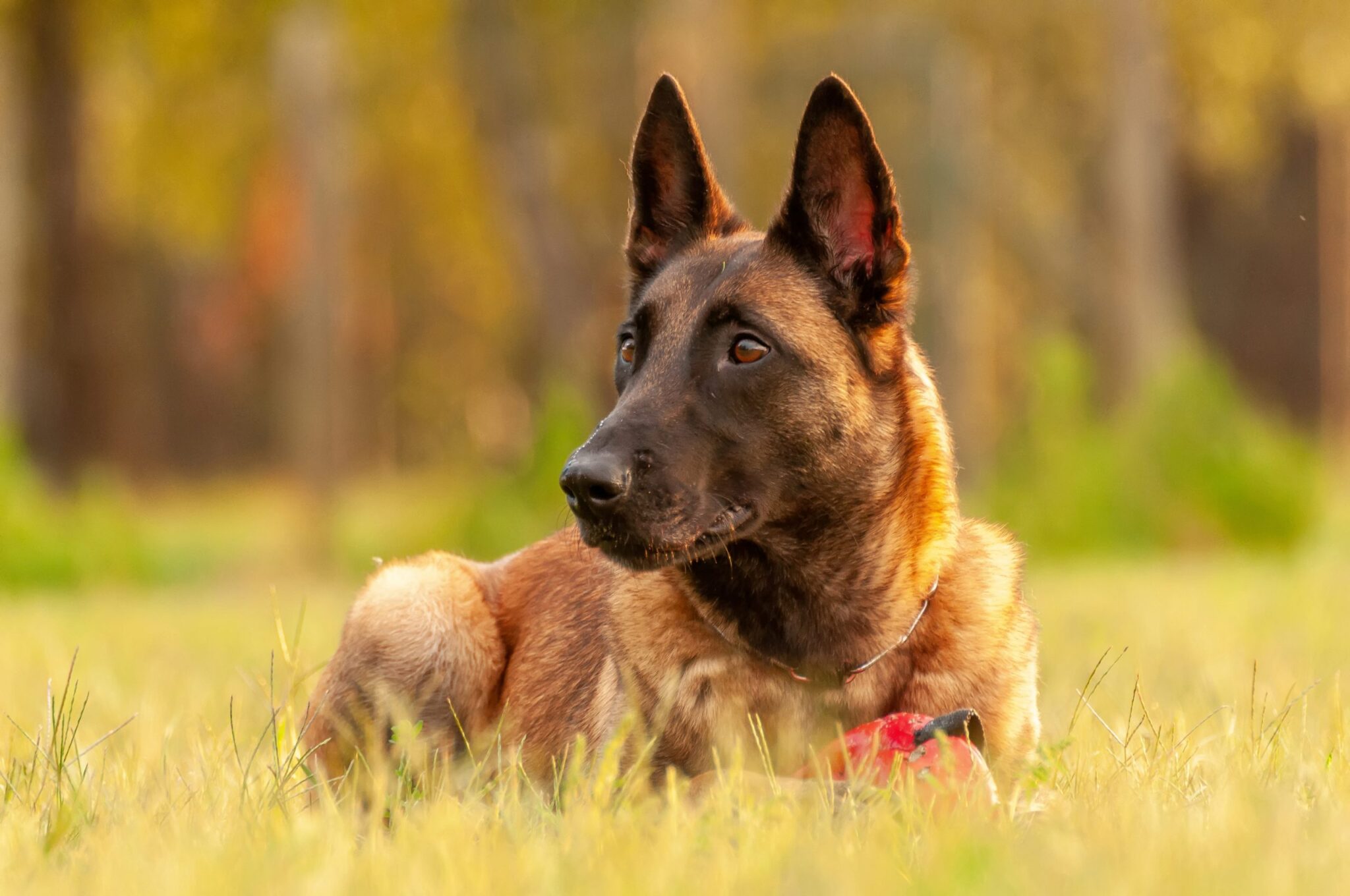 Shutterstock
Shutterstock
This Belgian dynamo was used in villages to herd sheep and guard property, but it was also a quick learner and eager partner in any task. Belgian Malinois are like Collies on caffeine—smart, focused, and fast. They were problem-solvers, protectors, and sometimes even mail carriers in a community setting. If a job needed doing, they’d do it—and then wait politely for their next assignment with those intense, soulful eyes that say, “Also, I reorganized your sheep.”
Kuvasz
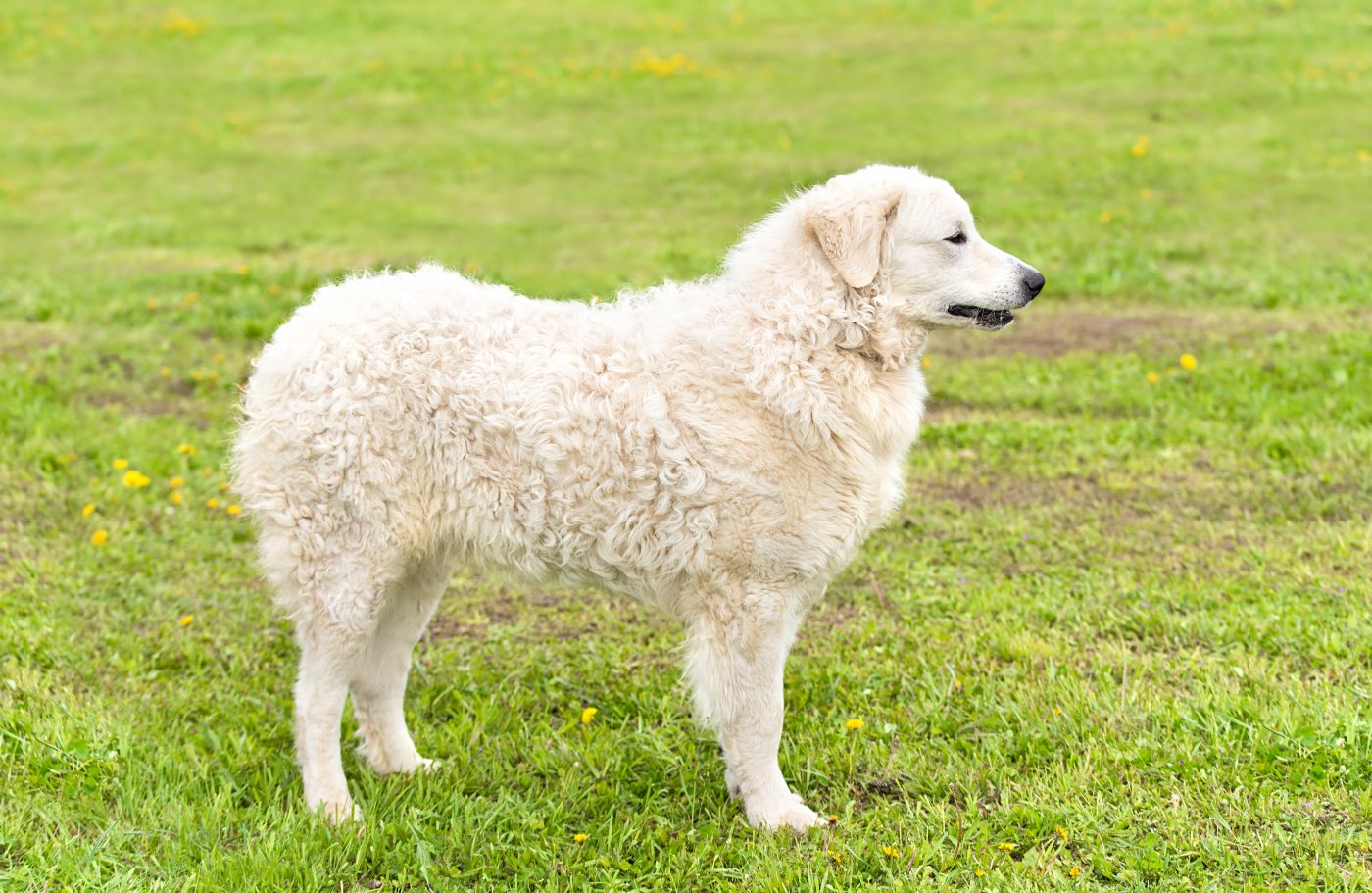 Shutterstock
Shutterstock
In Hungarian villages, the Kuvasz was a noble guardian of people and livestock. Towering and white as snow, they blended into the flock by day and scared off anything that dared approach by night. They were also fiercely loyal to their humans, standing between family members and danger-like furry bodyguards in a tuxedo of fluff. They were graceful and quiet despite their size—unless you crossed a line. Then, they turned into the canine equivalent of a medieval gatekeeper.
Finnish Lapphund
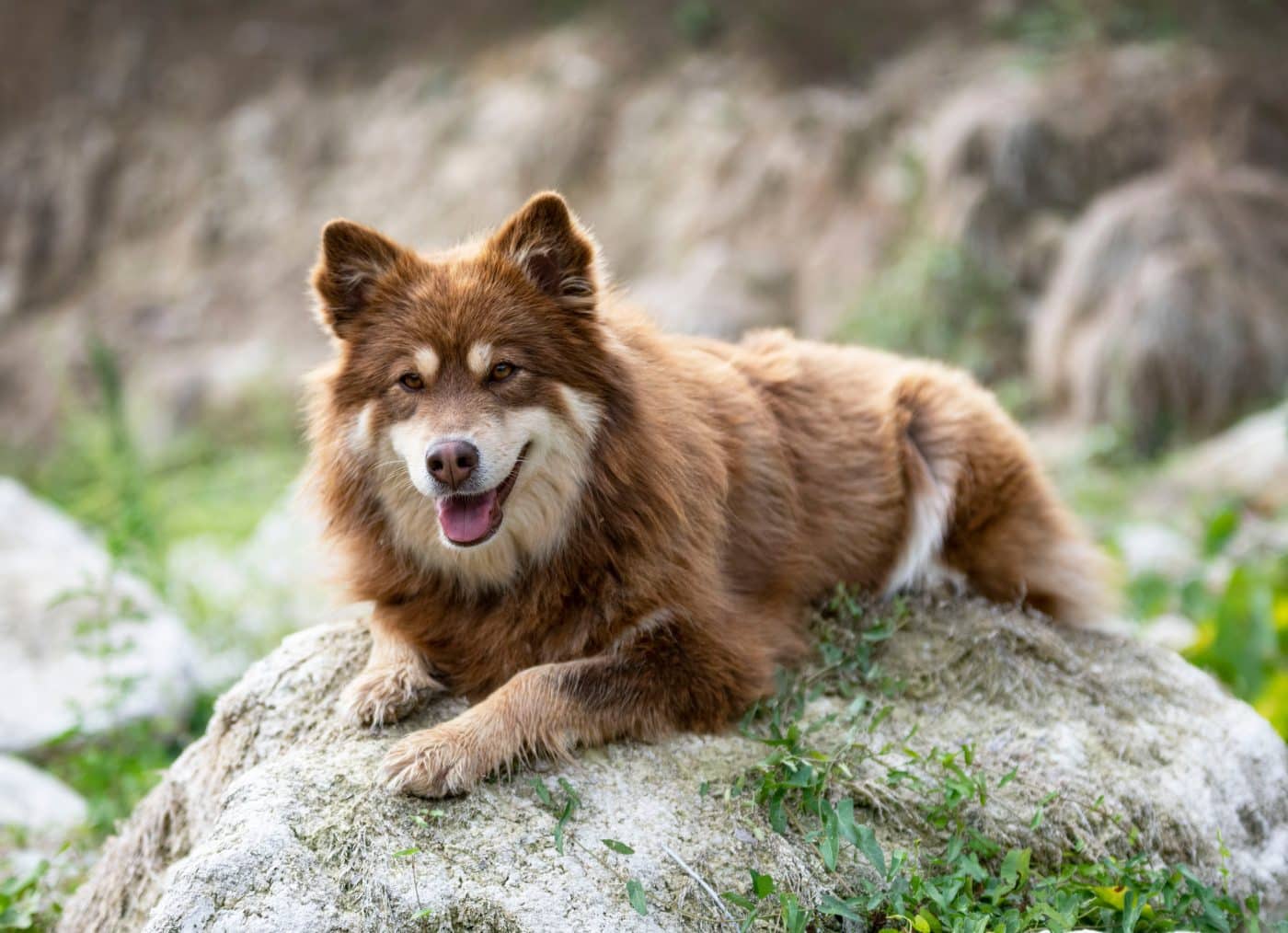 Shutterstock
Shutterstock
Originally used to herd reindeer in Lapland, the Finnish Lapphund made themselves indispensable in northern villages. Hardy, smart, and incredibly friendly, they kept herds together and spirits high. In community life, they helped with small tasks, guarded homes, and served as living heaters during cold nights. Their thick coats laughed at blizzards, and their big, expressive eyes warmed hearts. They were the cozy, clever companions of the north.
Rottweiler
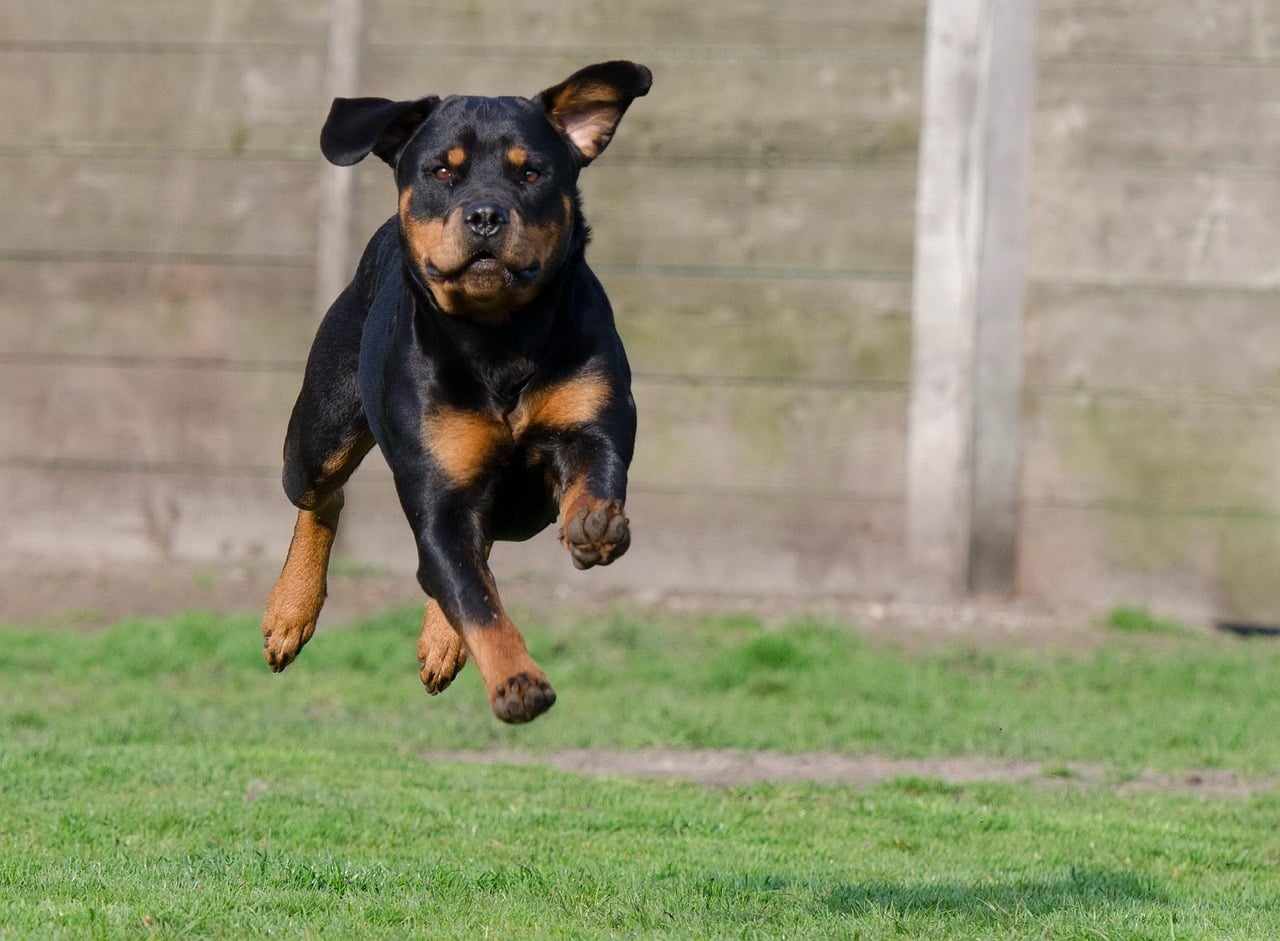 Shutterstock
Shutterstock
Before becoming household protectors in suburbia, Rottweilers were known as “butcher’s dogs” in German villages. They pulled carts, drove cattle to market, and guarded goods from thieves. With strong jaws, sharper instincts, and muscles for days, Rotties were the ultimate working dog. In village life, they were always on task—hauling meat one day, guarding the tavern the next. They were all business on the outside but deeply affectionate under all that muscle.
Newfoundland
 Shutterstock
Shutterstock
If your small village happened to be near water—or experienced any sort of dramatic weather—you definitely wanted a Newfoundland. These massive dogs were famous for water rescues, pulling carts, and being helpful wherever needed. Their strength and swimming ability made them the first lifeguards, while their gentle demeanor made them the unofficial babysitters. A Newfoundland could haul firewood in the morning, rescue someone from a pond by lunch, and then nap with a toddler by dinner.
Shetland Sheepdog
 Shutterstock
Shutterstock
The Sheltie may look dainty, but they were sheep-chasing, bird-scaring, and family-herding machines in the Shetland Islands. Their intelligence and agility made them essential in hilly terrain, and they quickly became popular for their work ethic and adorable expressions. In village homes, they were excellent watchdogs and loved to help with chores—even the imaginary kind invented by children. If your goats went missing, your Sheltie probably knew where they were and filed a mental report.
Alaskan Malamute
 Shutterstock
Shutterstock
In remote Alaskan villages, these dogs weren’t pets but transportation. Alaskan Malamutes pulled sleds loaded with supplies, firewood, and sometimes people. They had better strength, stamina, and a sense of direction than most GPS systems. In community life, they meant survival. They didn’t bark much, but when they howled, the village knew it was time to pay attention—or at least check if someone left the fish cache open.
The Only Payroll They Accepted Was Scratches And Leftovers
 MidJourney
MidJourney
These dogs didn’t just live in villages—they ran them. While humans negotiated trade or gossiped over fences, these pups were herding, guarding, hauling, and rescuing. They never asked for raises, only belly rubs. And even though their jobs have faded with modern convenience, their stories and legacies still echo through every wag, woof, and mud-covered pawprint in the snow. Because when it came to village life, these dogs weren’t just helping—they were holding it all together, one bark at a time.

 1 day ago
6
1 day ago
6
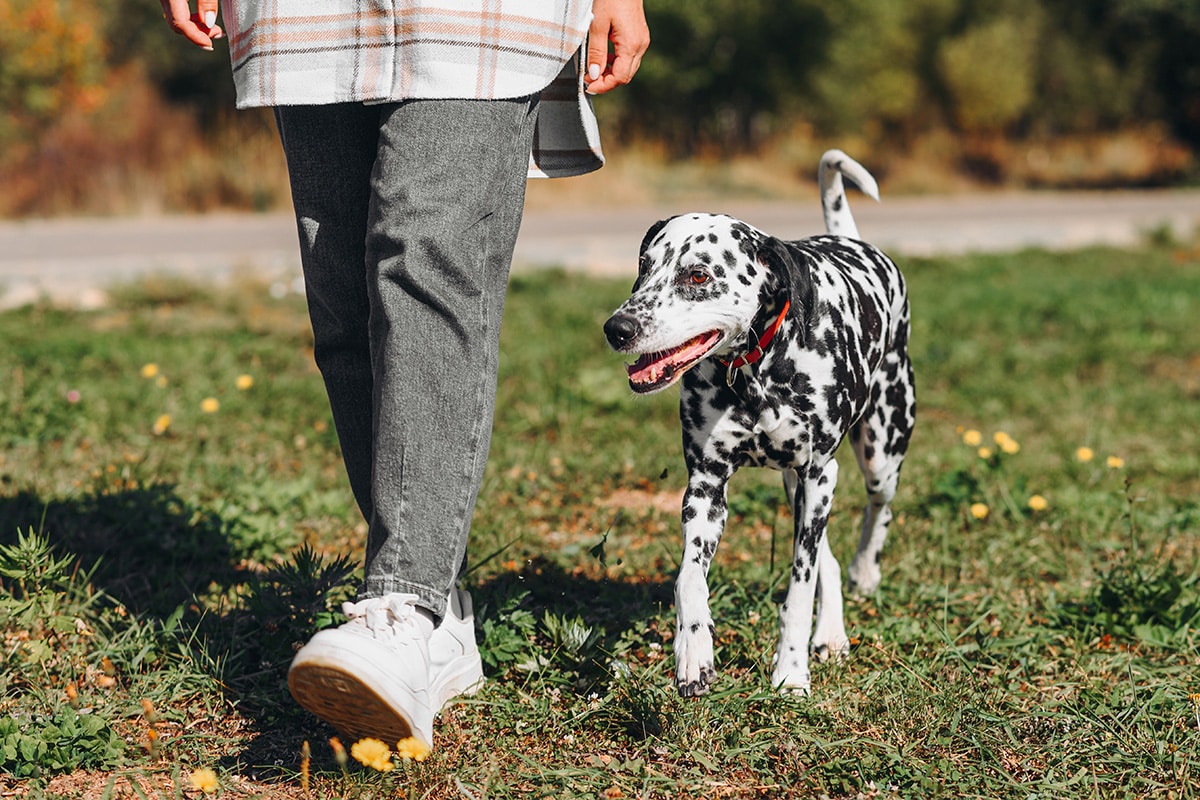

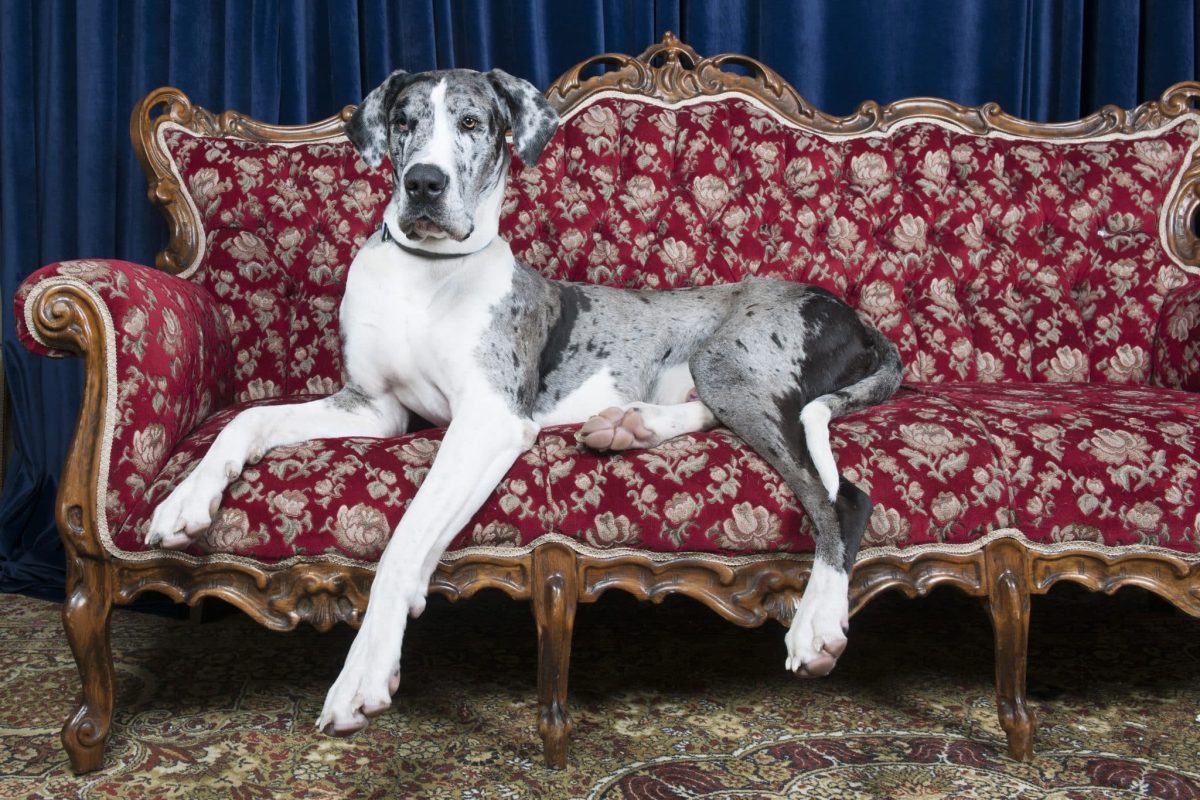

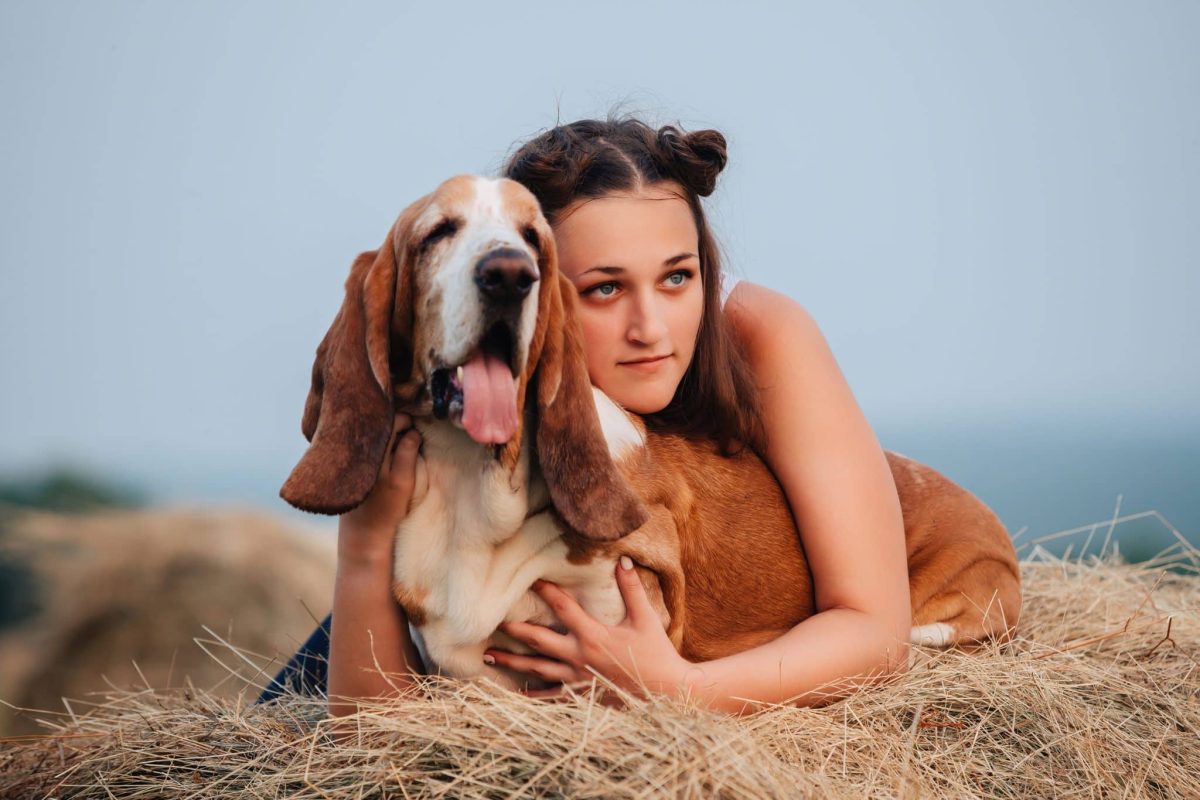



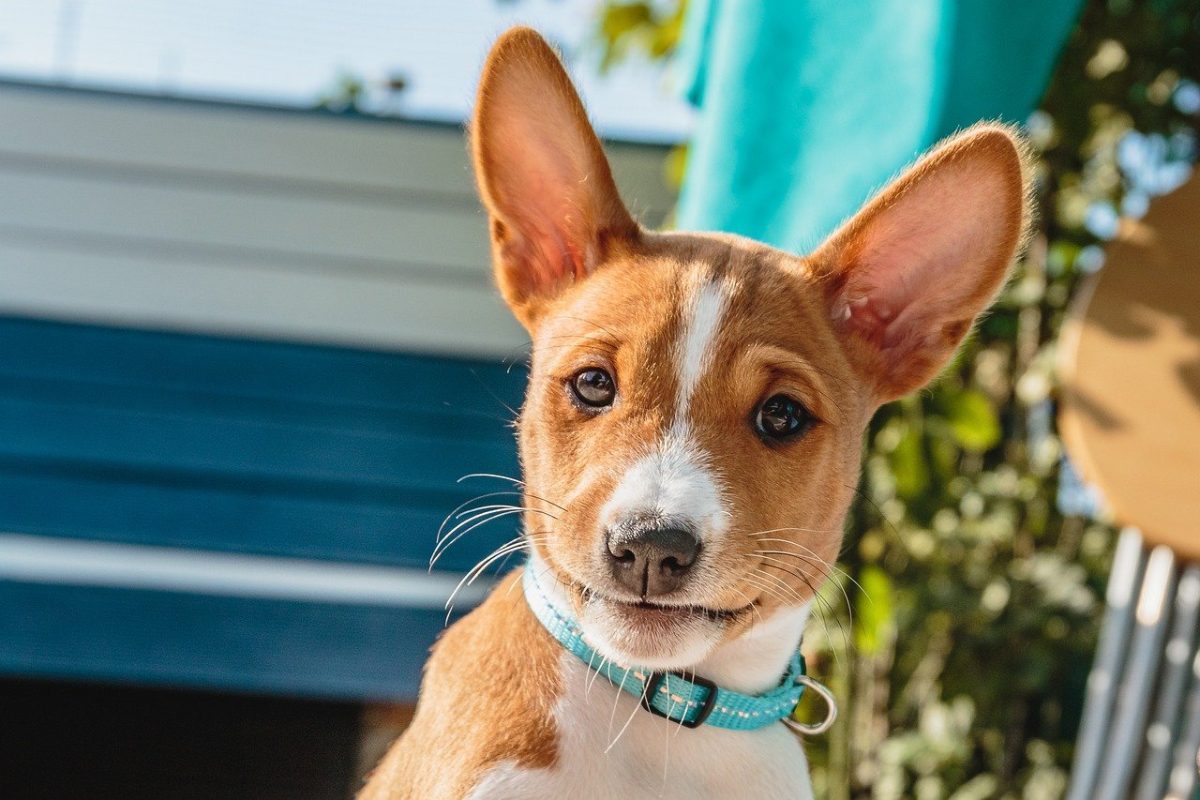

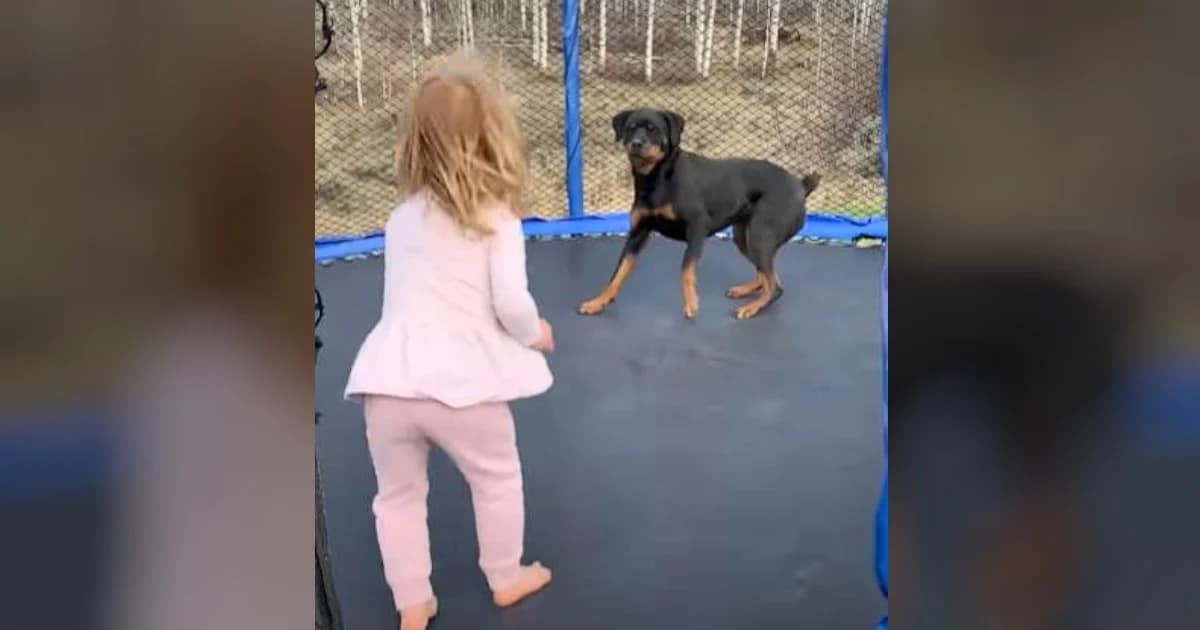

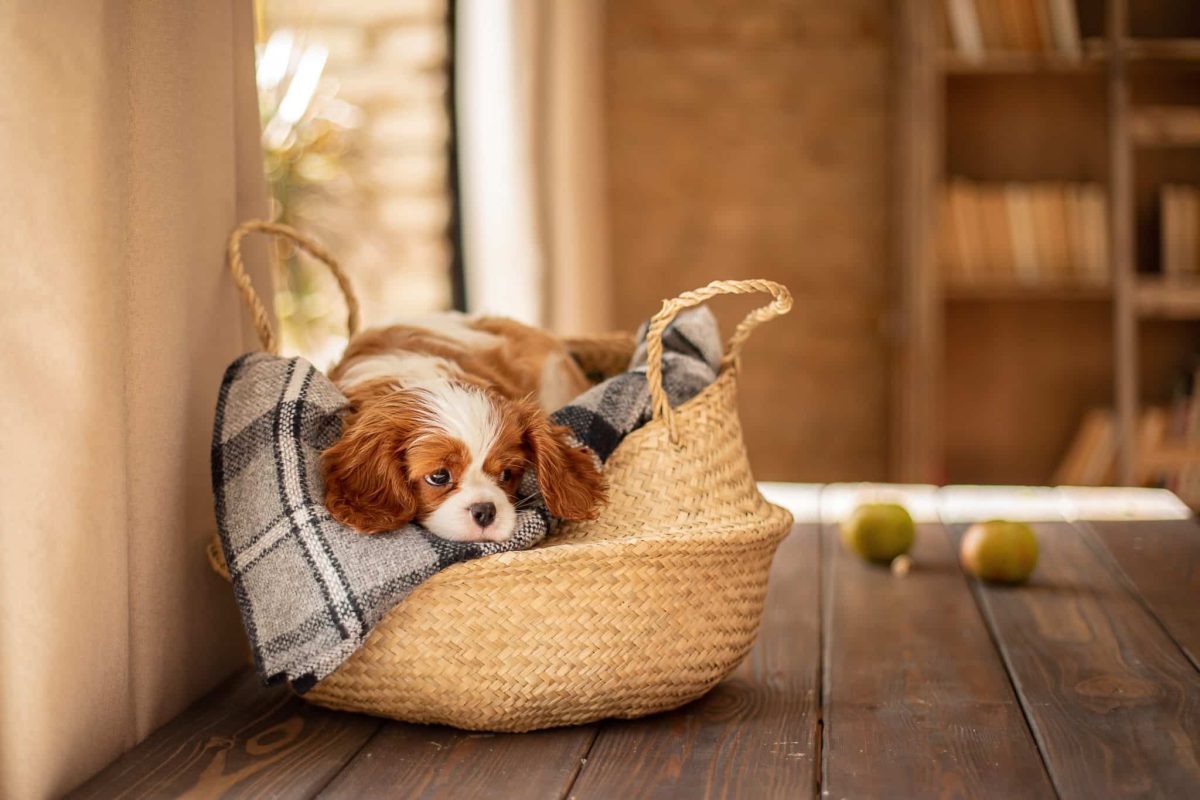


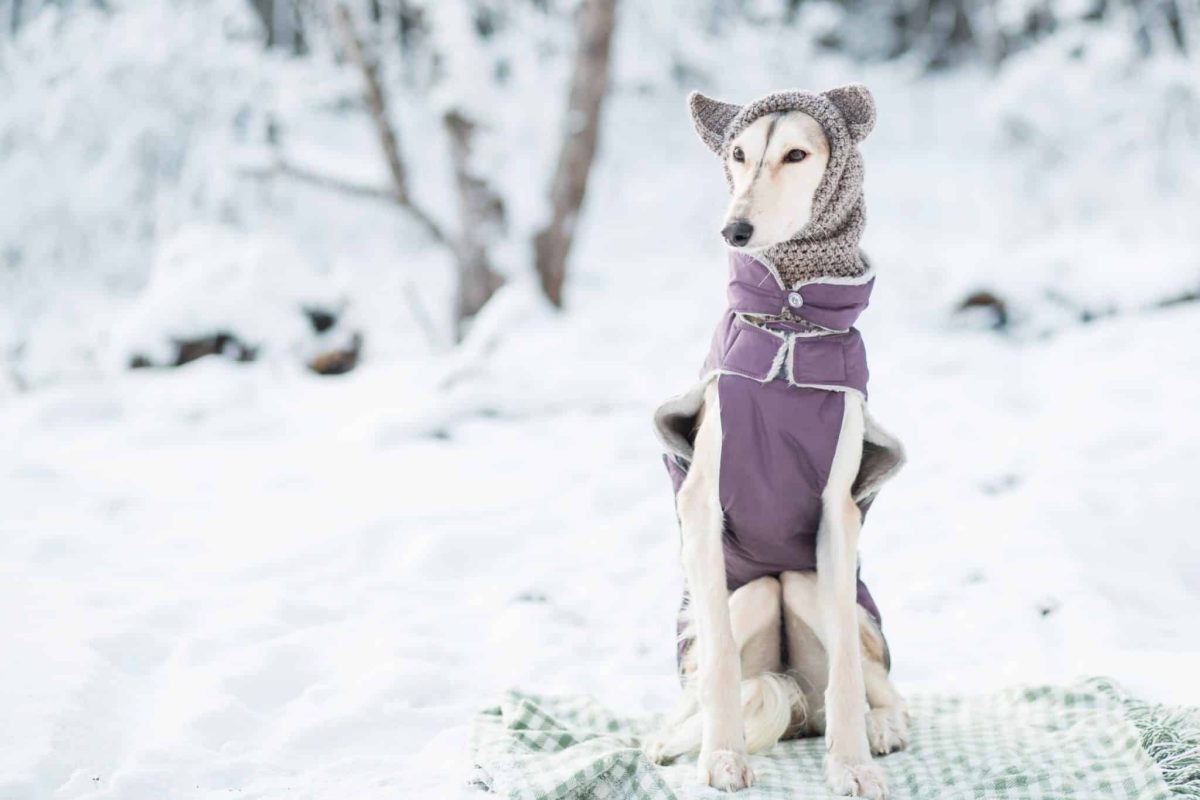


 English (US) ·
English (US) ·